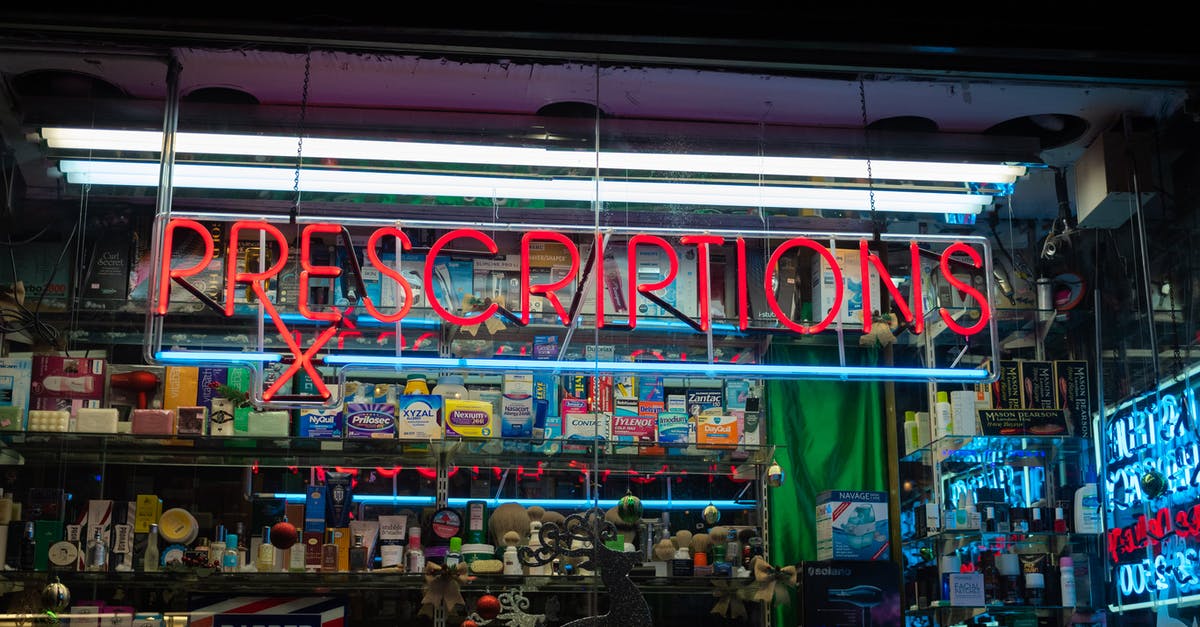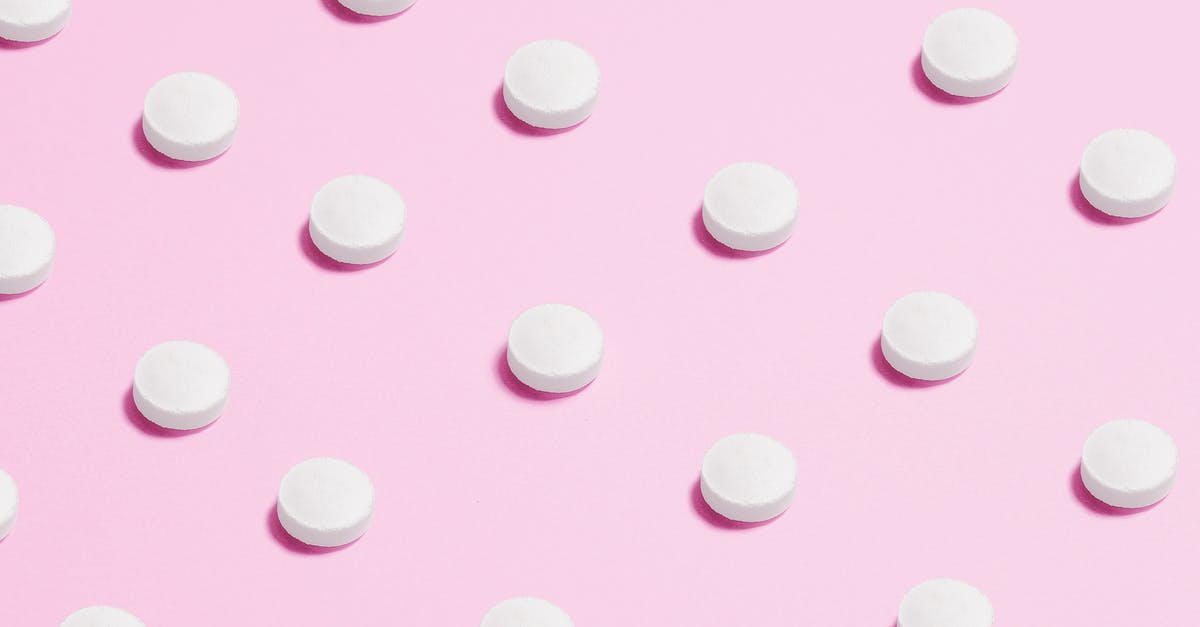What counts as "in original packaging" when traveling with prescription drugs?

The usual advice when traveling with prescription medicine is to bring it in the original packaging. I'm wondering exactly how strictly that is enforced.
The medicine I take come in big cardboard boxes which contain blister cards that hold 3 months worth of pills together. Taking that entire thing would waste scarce backpack space, and would also amount to bringing much more drugs than I need for my trip, which is also generally advised against.
So what I'm doing is that I bring enough blister cards to get me through the vacation, in a plastic bag, and then I have the empty cardboard boxes (with personalized pharmacy labels on them) folded flat at the bottom of my luggage.
This has not caused me any problems, for the trivial reason that I've never had my bags inspected by customs anyway. However, if I were to be picked out for a random customs inspection, would it create any problems that the original packaging I bring doesn't actually physically surround the pills, as first viewed by the inspector? Anyone have concrete experience with this?
[I'm not asking about any particular destination; most guidance I've found about particular countries are at the same level of generality, so presumably there are not wildly different interpretations of "in original packaging" among countries that require that].
Best Answer
I have to take medication with me all the time. Five or six different kinds. The largest box contains twenty blister packs of 10 capsules each. It measures
16 x 6.5 x 16 (cm)
I do as follows...
- Remove the blister packs, separate what's needed
- Open all the flaps on the box and press it into a flat surface
- Pack the flattened boxes together in a travel wallet (for visualization purposes, I use the Victorinox Travel Wallet which you can see in a Google search, but I suppose any comparable travel wallet will do).
- Pack the blister packs in the side pocket of my hand luggage (for visualization purposes, I use a Lightspeed Gann, but any comparable product will do)
- Fold the prescription orders down to a small flat surface and put them with the blister packs.
Two of the medications I take are controlled substances and I am informed that they can be sold on the streets of NYC for USD 20 per capsule. So whether I'm asked or not I always make a big deal about it with customs. I bring it up first and tell them I have controlled substances with me. I travelled to Dallas last month and had to 'follow the blue line' to the customs desk and showed my blister packs and prescription orders, the fellow typed something (presumably Google) and dismissed me. In June I did the same thing in Russia (Stavropol) and had essentially the same result. Both times the process took about two minutes, and both times the agents did not want to inspect the boxes.
Pictures about "What counts as "in original packaging" when traveling with prescription drugs?"



Do prescription drugs have to be in original containers to fly?
Medications can be packed in a pill box. However, it is usually best to keep medicines in labeled containers provided by your pharmacist. TSA does not require medications to be in their original, labeled, prescription containers. However, using the original containers may limit delays or additional questioning.How do I carry prescription drugs on a plane?
You can bring your medication in pill or solid form in unlimited amounts as long as it is screened. You can travel with your medication in both carry-on and checked baggage. It's highly recommended you place these items in your carry-on in the event that you need immediate access.Do medications have to be in a clear bag?
You may place medications in 3.4 ounce (100 milliliters) or smaller containers in a one-quart size clear zip-top plastic bag along with your other personal liquid and gel items. If your prescription medications come in larger containers or bottles, you will need to pack them separately in your carry-on bag.Does TSA look at medications?
Liquid medication greater than 3.4 ounces is allowed in carry-on baggage. Just let the TSA officer know at the start of your screening process. Keep in mind, medically required liquids will be subjected to additional screening.Tips for travelling with medication | Dr Dawn Harper explains
Sources: Stack Exchange - This article follows the attribution requirements of Stack Exchange and is licensed under CC BY-SA 3.0.
Images: Alexandros Chatzidimos, Karolina Grabowska, Anna Shvets, Anna Shvets
